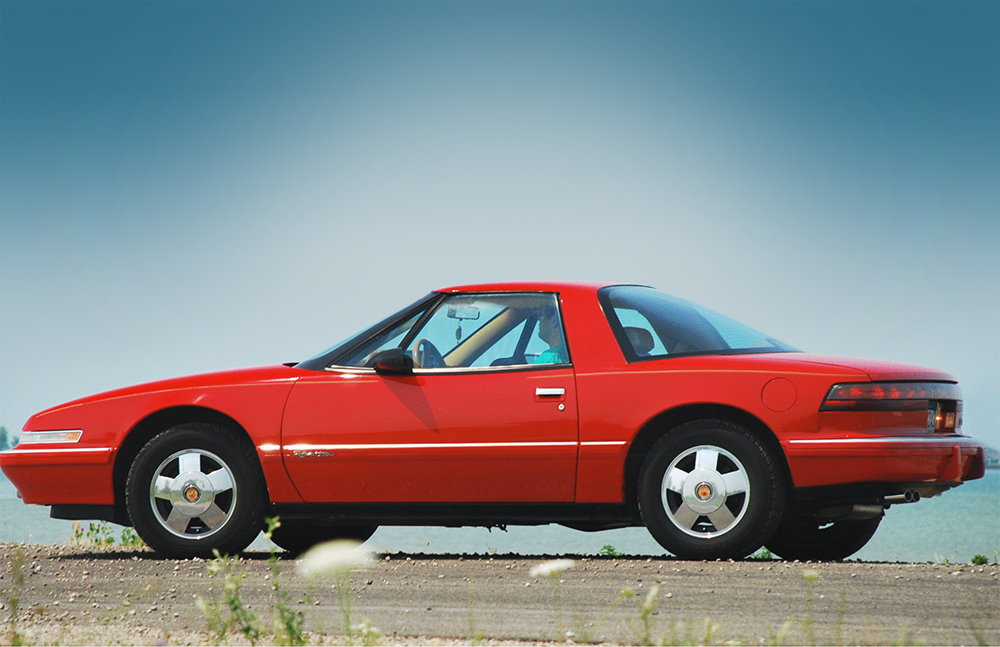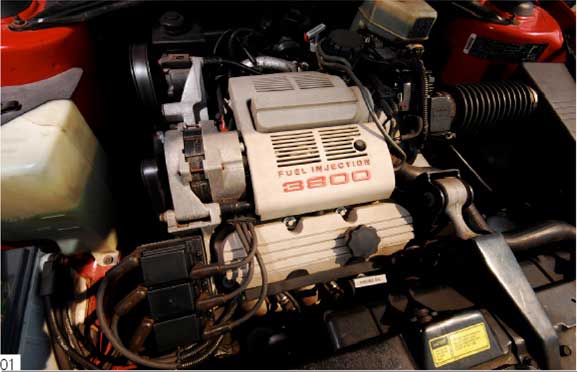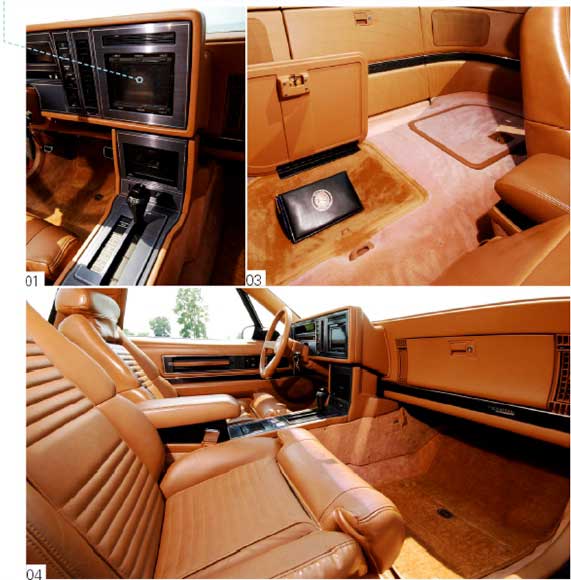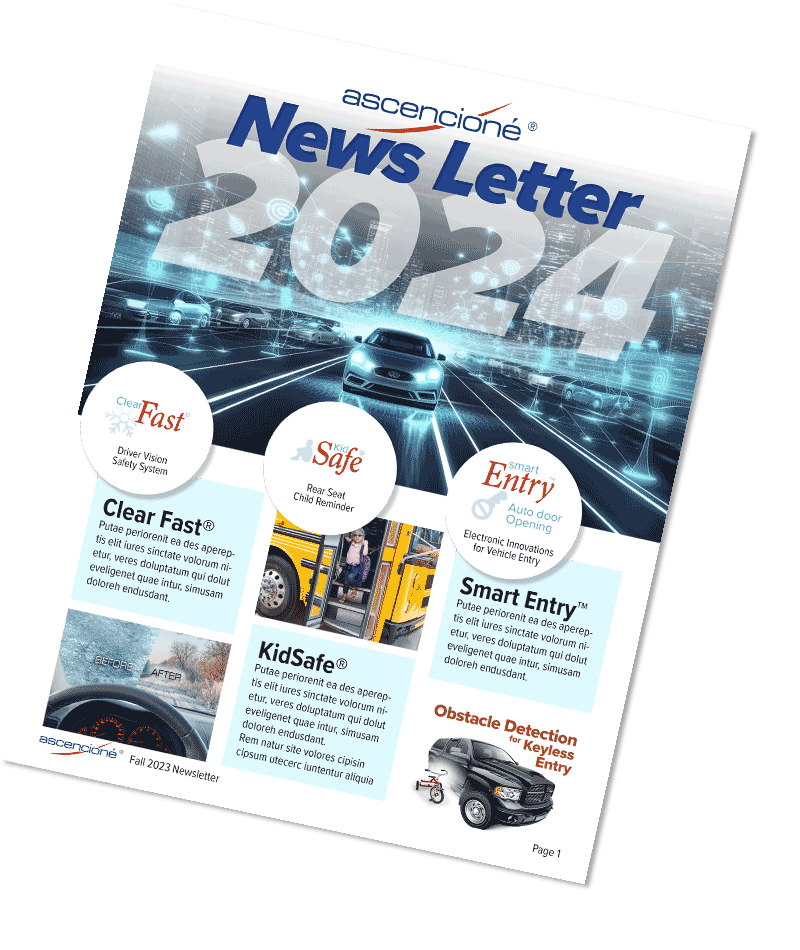

The Buick Reatta: A Visionary Two-Seater for a New Era
Revolutionizing the Dashboard: The CRT Touchscreen Interface
Enter the Buick Reatta. The only way you’ll ever lay rubber in one of these is by stomping the e-brake. But the mature part of you knows it’s okay…that there’s more dimension to the road-going life than outright speed (as Triumph, MG, and Morgan owners can certainly attest). Other factors include provenance, style, technology, comfort, and – in cars nearly twenty years old – dependability and parts availability.
The Reatta has these bases covered.
The Eighties were a confusing time for Buick. General manager Ed Mertz aimed the division away from dynamics after a huge push in performance (Buick-powered Indy cars and the fire-breathing Grand National GNX). Mature, refined American style would be the division’s focus going forward.
During this shift, the Reatta was conceived and developed. As Buick’s most expensive car, as well as its first production two-seater. The Monroney approached $28,000-more than $49,000 in today’s color of money. Based on the truncated E-body platform that underpinned the front-wheel-drive Cadillac Eldorado and Buick Riviera, the Reatta’s wheelbase was only 98.5 inches, three inches shorter than today’s Volkswagen Rabbit.
Build quality was high due to the manner in which the vehicles were hand-assembled at the Reatta Craft Centre in Lansing, Michigan. Each unit bore a Craftsman Log with the actual signatures of assembly supervisors who approved the vehicles for release, and these were not photocopies or printed marketing flotsam.
So nearly twenty years later, what did Buick really build? Looking at the car today, the design has aged rather well. Hidden headlights were in vogue then, and the low-sitting coupe visually promises performance.
Unfortunately, the Reatta never did live up to these go-fast looks.
Performance Meets Comfort: Driving Dynamics of the Reatta
Aside from its portly 3400-pound curb weight, the blame rests with GM’s venerable 3.8-liter V-6. In this iteration, the 3800 Series I produces only 165 horsepower. Thankfully, the engine is smooth because by this time in its long life it had gained a counter-rotating balance shaft. A four-speed Hydra-Matic handles the shifting duties and sends all available power to a tall 2.97:1 axle ratio. Period reviews pegged 0-60 miles per hour in the high-eights with sub seventeen-second quarter-miles, and our example felt just as spry as the original press-fleet units. To our backside, the Reatta doesn’t so much accelerate as it does smoothly and evenly gather speed.

With the venerable 3.8-liter V-6, the Reatta doesn't so much accelerate as it does smoothly and evenly gather speed.

Inside, the Reatta’s spacious and airy cabin was thoughtfully designed for practicality and luxury. Brushed metal accents, digital instrumentation, and ample storage space—including a trunk pass-through for golf clubs—reflected Buick’s attention to detail. Despite its exclusivity, parts availability remains relatively strong, thanks to its reliance on GM’s high-volume mechanical components.
Legacy and Collectibility: Why the Reatta Still Matters
The Reatta’s production, which spanned from 1988 to 1991, totaled just over 21,000 units, making it a rare collector’s item today. While it didn’t dominate sales charts, its innovative use of technology and commitment to quality craftsmanship left a lasting legacy. The Buick Reatta not only showcased the brand’s willingness to innovate but also set the stage for the sophisticated infotainment systems we take for granted in modern vehicles.
For enthusiasts and collectors, the Reatta stands as a testament to Buick’s bold vision—a car that combined cutting-edge technology, timeless design, and enduring reliability.
The Buick Reatta and Its Revolutionary Technology
The 1988 Buick Reatta stands as a remarkable example of automotive innovation that combined style, comfort, and advanced technology in one package. Its sleek, hand-crafted design, complemented by the pioneering Ascencione® touchscreen Graphic Control Center (GCC), set the stage for modern in-car technology. Despite its modest performance, the Reatta’s 3.8-liter V-6 engine, intuitive dashboard, ample storage space, and futuristic interface continue to captivate car enthusiasts and collectors today. The Reatta’s legacy lives on as a forward-thinking vehicle that paved the way for the sophisticated infotainment systems we now take for granted in modern vehicles. Buick’s daring step into touchscreen technology in the 1980s shows that true automotive progress often comes from unexpected places, and the Reatta remains a testament to that vision.

ascencionés® and the
industry's "first"
touchscreen panel!

4. The passenger enjoys an airy space, as the dash
closely follows the firewall.


